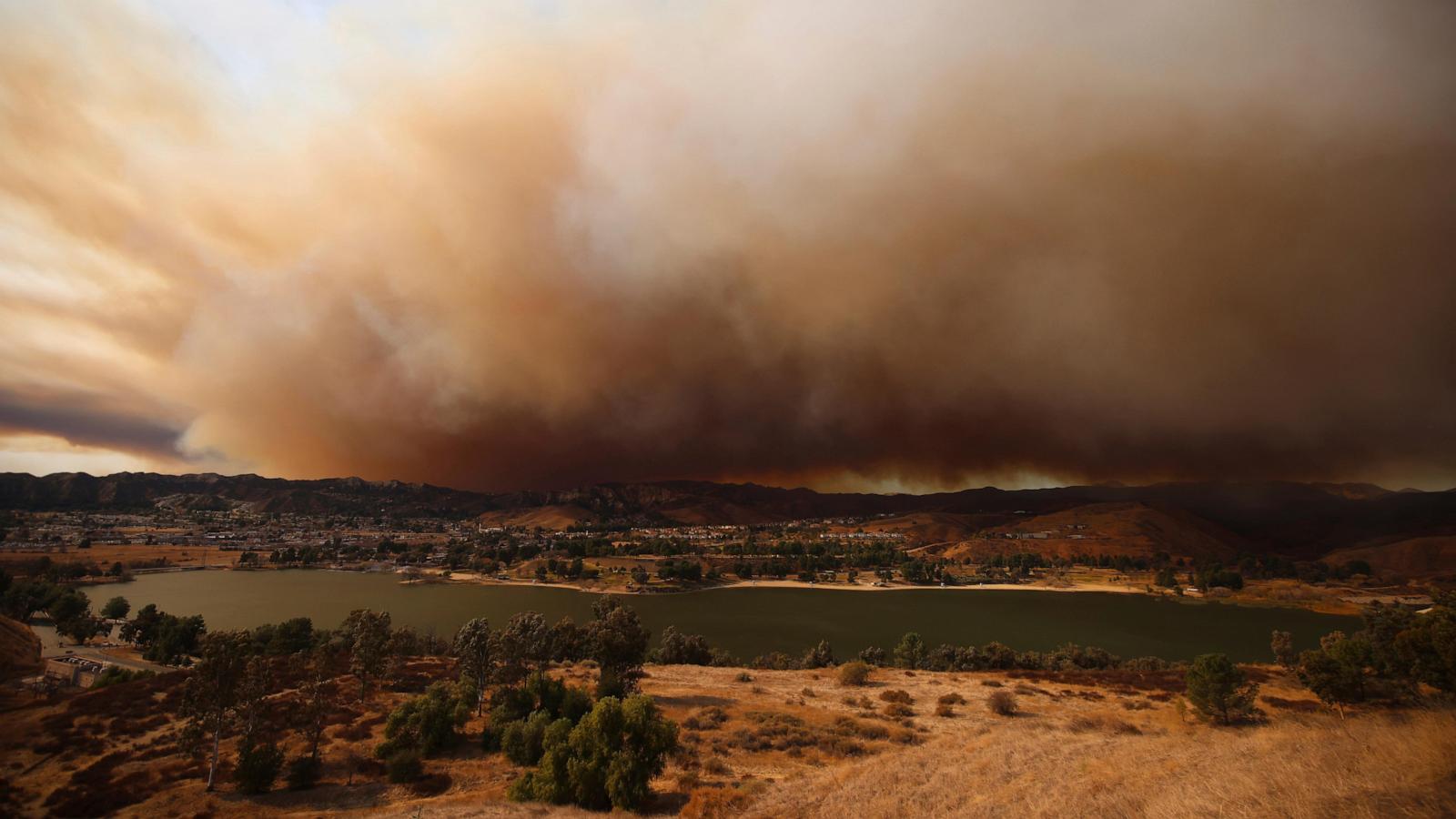Wildfire Ash: The Hidden Threat to Children's Health
The recent wildfires in California have left behind a devastating trail of destruction, but the danger doesn't end with the flames. Toxic ash, a hidden threat, lingers in the air and on the ground, posing serious health risks, especially to vulnerable children. Parents are facing agonizing decisions about sending their kids back to school after massive fires ravaged their communities. Learn how wildfire ash affects kids and what precautions you can take to ensure their safety.
The Toxic Cocktail in Wildfire Ash
Wildfire ash isn't just soot; it's a dangerous mixture of incinerated materials including car parts, electronics, building materials, plastics, and more. This toxic soup contains harmful substances like asbestos, lead, and pesticides – all posing serious health risks to children. Children are especially vulnerable because of their developing bodies and the way they tend to put things in their mouths. They're also more likely to breathe in higher amounts of the smaller particles.
Understanding the Long-Term Effects
The long-term effects of exposure to such high quantities of urban wildfire ash are still being studied. But many chemicals found in this ash have already been linked to a range of serious conditions such as heart and lung problems. Even less immediately noticeable materials, such as the magnetite which forms when fire burns iron, have been associated with severe health risks down the line like Alzheimer's Disease. It's critical to protect our children from such potential hazards now, rather than discovering problems after the fact.
Schools Reopening: A Balancing Act
Many schools near the fire-ravaged areas are reopening, but not without concerns from parents. While school districts are taking measures to clean schools and improve air quality, some worry that this is not enough, and are choosing to relocate or home-school their children. This decision creates an additional set of complicated choices; children need school for healthy emotional and intellectual development. This highlights the devastating intersection of safety and education during a period of crisis, and the urgent need for a solution.
Parental Concerns and Demands for Transparency
Parents are seeking more transparency from school districts. They want details about the testing done on the air quality and ash samples – both inside and outside school buildings. Parents also seek details of how much cleanup and remediation has happened, and the criteria by which reopening is determined. These reasonable requests point to a community’s effort to navigate a challenging post-disaster scenario while doing what's best to keep kids healthy. Lack of response to requests creates justifiable skepticism that things may not be as fully remediated as officials might be saying.
What Can Be Done? Protecting Children from Wildfire Toxins
In the short term, reducing exposure is crucial. While school districts undertake their remediation and testing, parents can employ these strategies. Air purifiers may provide short-term relief in the home. Make sure your children wash their hands often to prevent toxic ash ingestion. Using masks when going outside, or if they're sensitive to airborne particles, even inside. Be vigilant; toxic elements can show up long after the fires have been put out.
Mitigating Risk During the Long-Term Recovery
The toxins present in wildfire ash persist long after the fires themselves are extinguished. This fact makes long-term monitoring necessary. Research will reveal better approaches for both addressing future problems and cleaning up current lingering issues. The cleanup may include significant removal of contaminated topsoil, in addition to surface cleaning and air purification, as toxins can make their way into soil and groundwater via rain and wind. The challenge will be how to clean things completely given the scale of this environmental disaster, and it will be some time before a definitive plan is in place to address that concern.
Take Away Points
- Wildfire ash contains dangerous toxins that can harm children's health.
- Parents have legitimate concerns about sending their children back to school in areas affected by wildfires.
- Transparency and clear communication from school districts are essential to building trust and ensuring safety.
- Reducing exposure to wildfire ash through various preventive measures is important.
- Continued monitoring and further research will allow for informed decisions about cleaning and reopening.




